Effective Plant Trimming Techniques
Trims refer to the process of cutting or shaping plant material to promote healthy growth, improve appearance, or prepare for specific purposes. Proper trimming can enhance plant health, control size, and foster new growth. Regular trims are essential in many horticultural practices to maintain optimal plant conditions and aesthetic appeal.
The best time to trim varies depending on the plant species and growth cycle, typically during active growth periods.
Using sharp, clean tools ensures precise cuts and reduces the risk of disease transmission.
Techniques include thinning, heading back, and shearing, each suited to different plant types and goals.
Proper trimming can prevent pest infestations and promote vigorous growth.
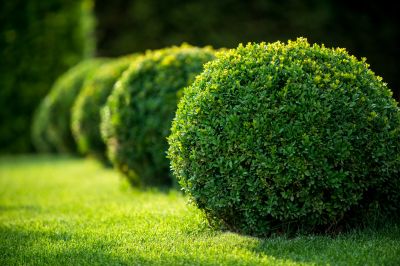
Spring is an ideal time for many plants to be trimmed to encourage fresh growth.
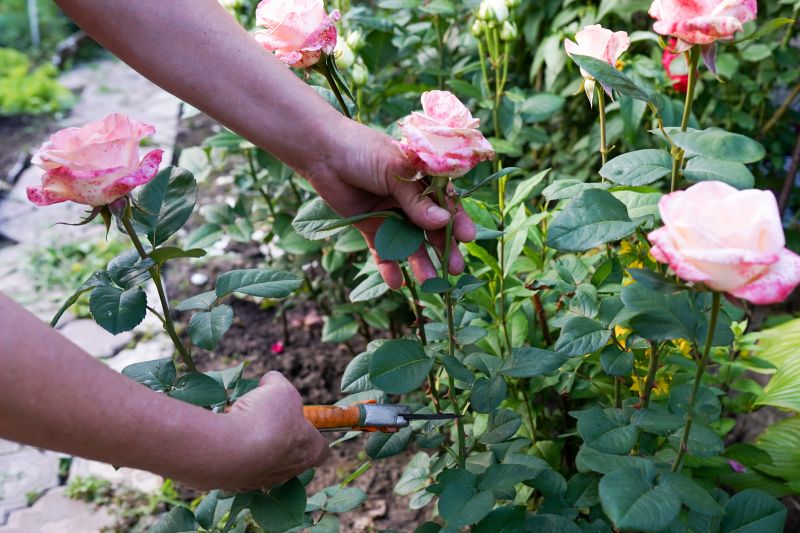
Trimming during active growth phases supports healthy development and flowering.

After flowering, trims can help prepare plants for the next cycle and maintain shape.

Ways to make Trims work in tight or awkward layouts.
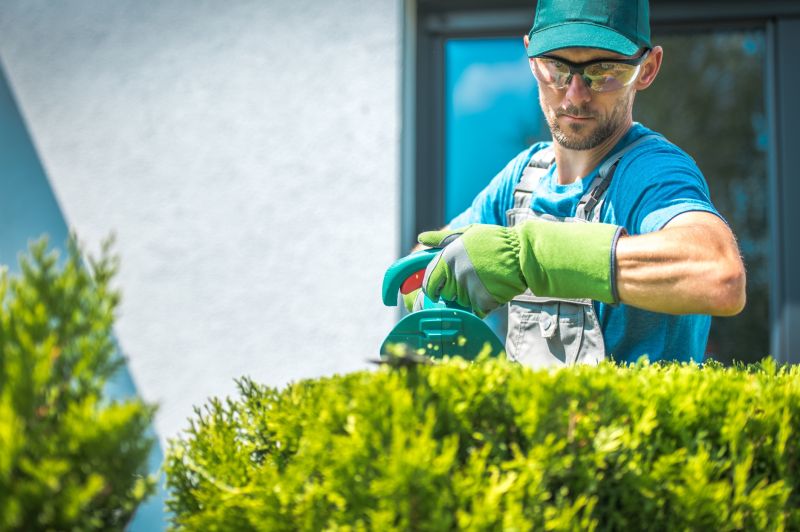
Popular materials for Trims and why they hold up over time.

Simple add-ons that improve Trims without blowing the budget.

High-end options that actually feel worth it for Trims.

Finishes and colors that play nicely with Trims.
| Plant Type | Best Trimming Time |
|---|---|
| Deciduous Trees | Late winter or early spring |
| Evergreens | Early spring or late fall |
| Flowering Shrubs | Immediately after flowering |
| Herbaceous Perennials | Early spring or after bloom |
| Vegetables | During active growth, as needed |
The timing of trims plays a crucial role in plant health and productivity. For deciduous trees, late winter or early spring trims remove dead or diseased branches before the new growth begins. Evergreens are best trimmed in early spring or late fall to avoid stressing the plant during peak growth periods. Flowering shrubs should be pruned right after they bloom to prevent cutting off next season’s buds. Proper timing ensures that plants recover quickly and continue to thrive.
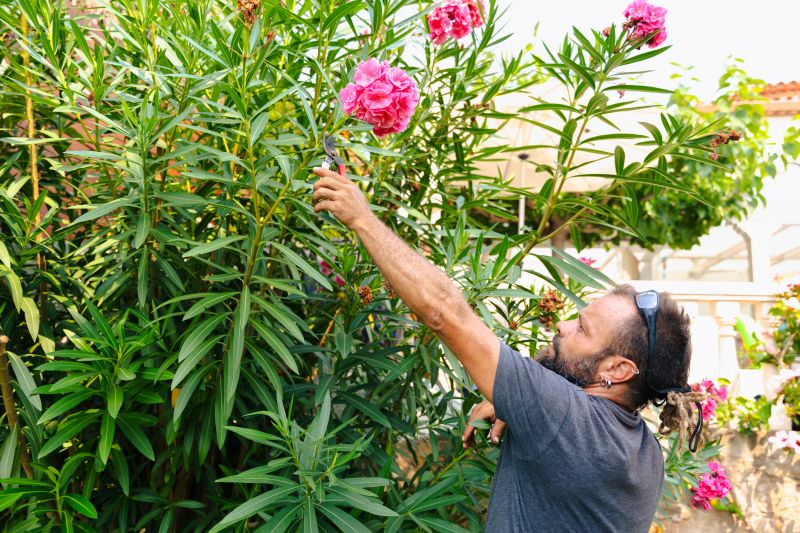
Supports vigorous growth and flowering for many plants.
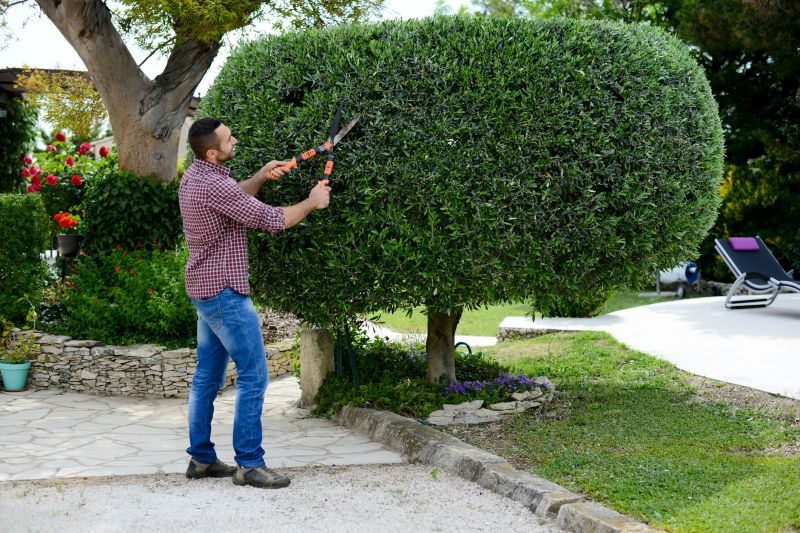
Controls size and promotes bushiness in flowering plants.
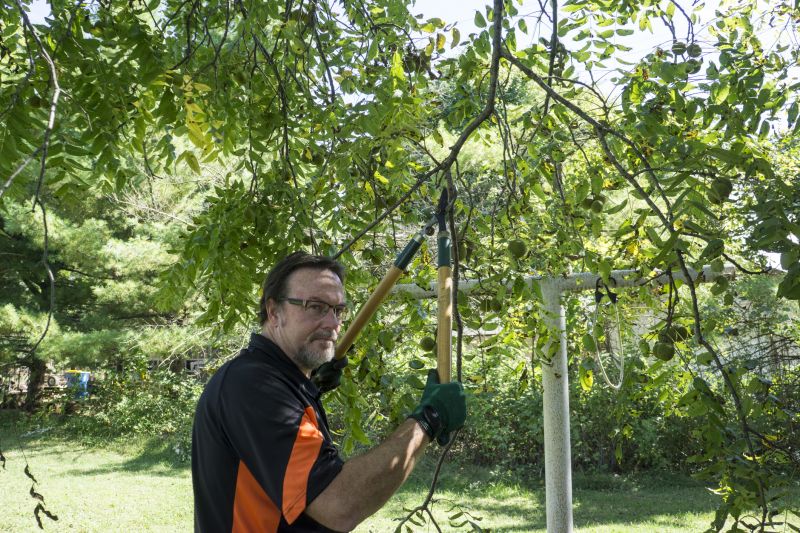
Prepares plants for winter and removes damaged foliage.
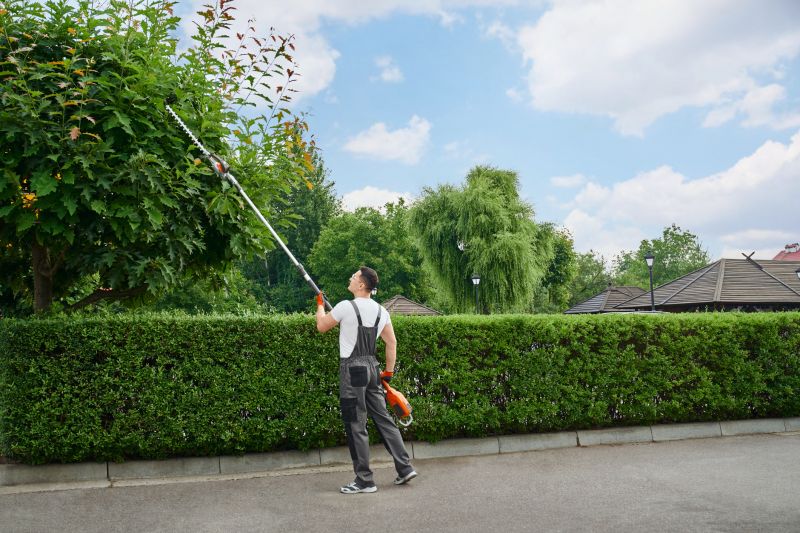
Less common but suitable for certain trees and shrubs.

Little measurements that prevent headaches on Trims day.

A 60-second routine that keeps Trims looking new.
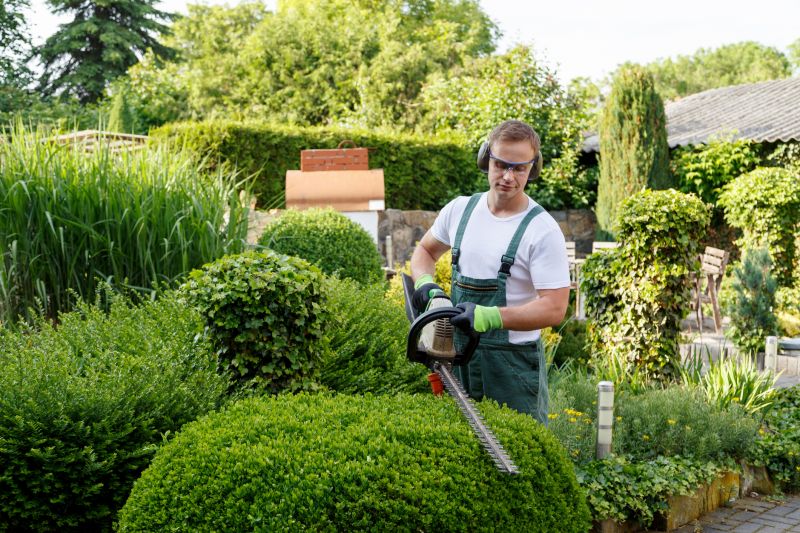
A frequent mistake in Trims and how to dodge it.

Small tweaks to make Trims safer and easier to use.
Optimal trimming schedules vary by plant species and environmental conditions. Regular assessments help determine when trims are necessary to maintain plant health and aesthetics. Avoid trimming during dormancy periods unless specific pruning is required to prevent stress or disease.
